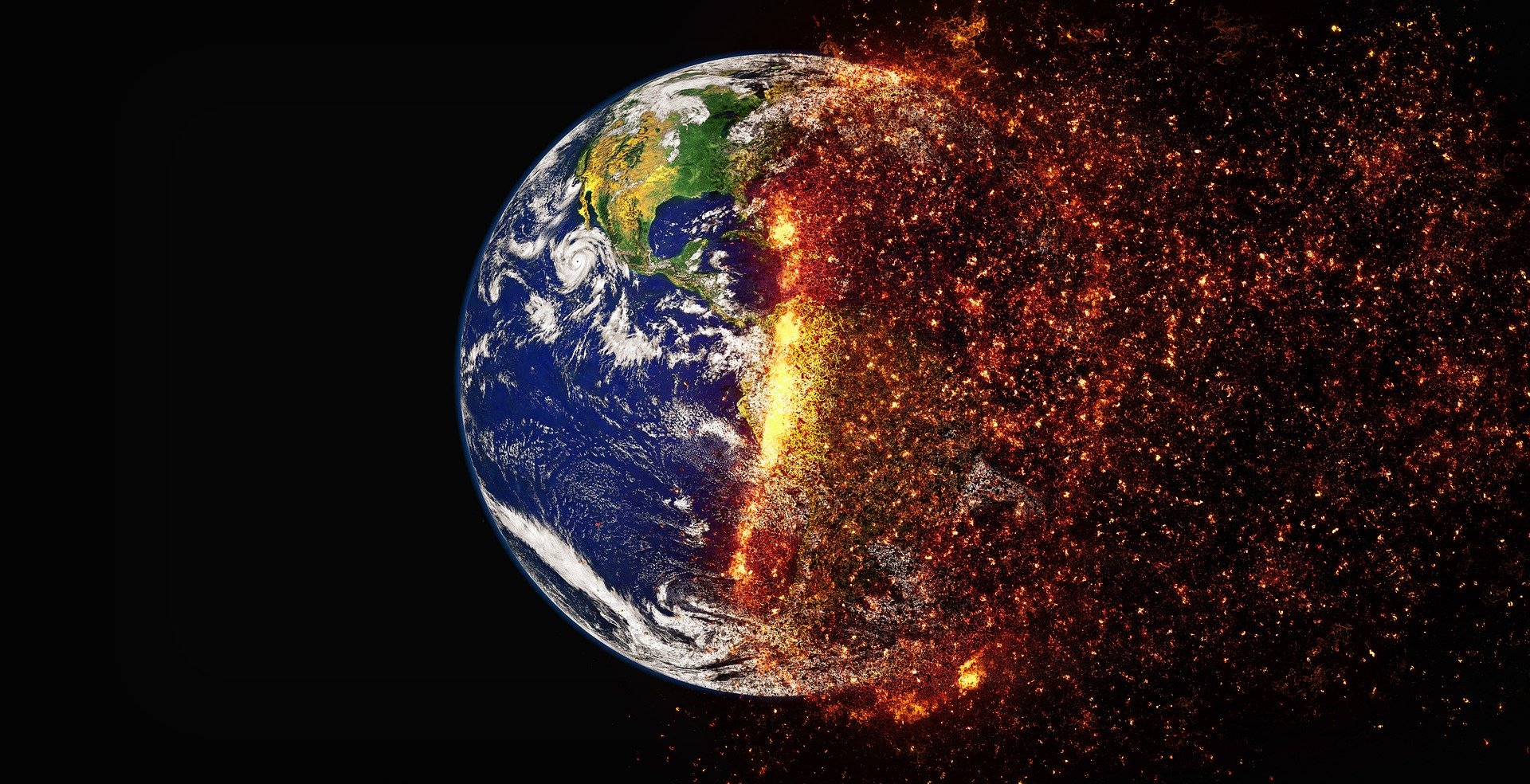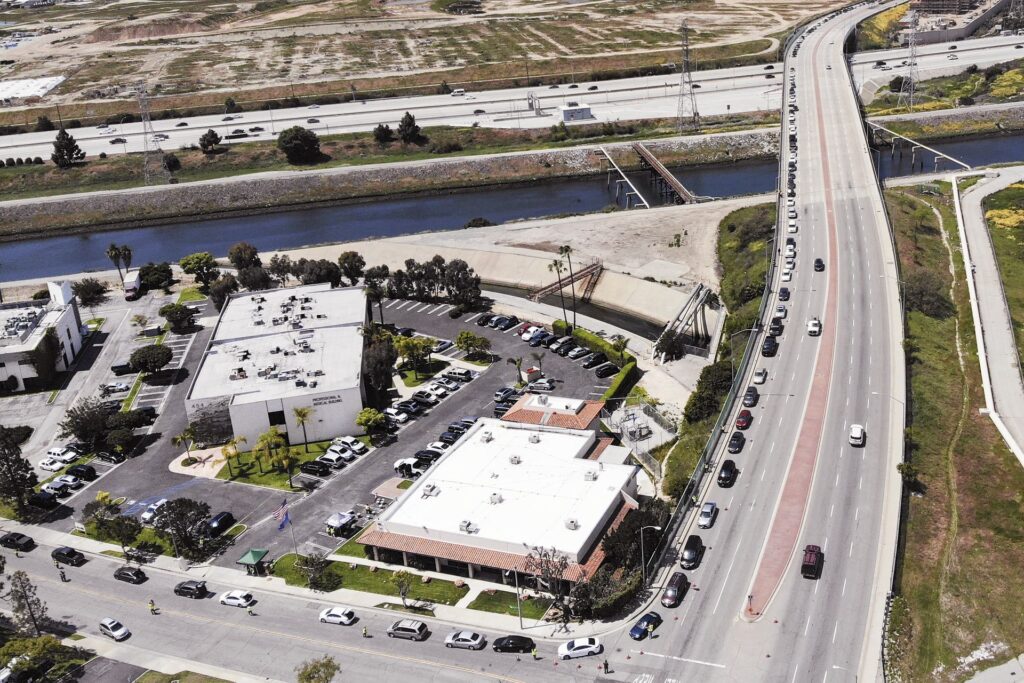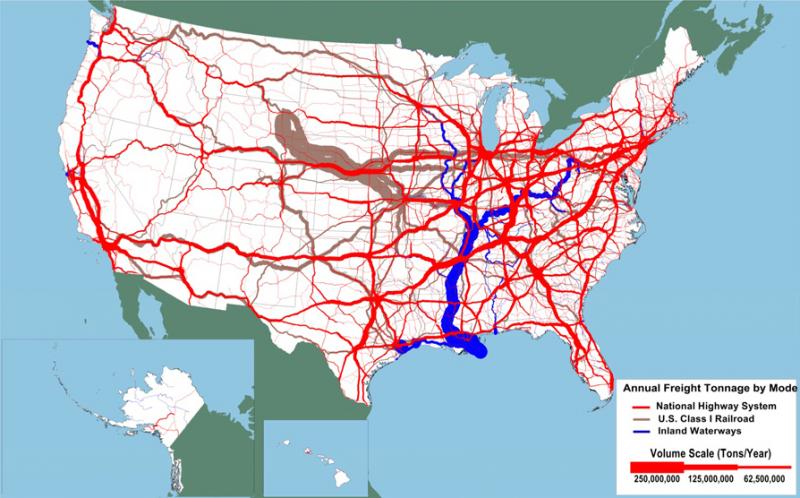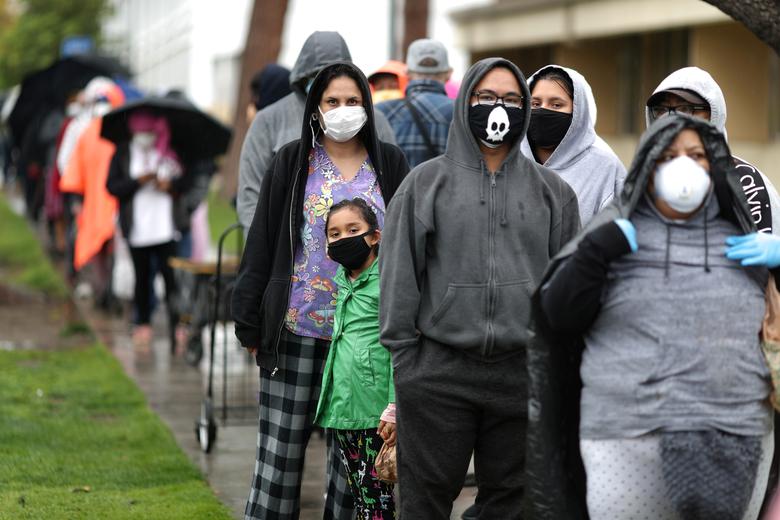A close reading / rhetorical analysis, by Lala St. Fleur
In the title of one particular 2014 article published in the Guardian, columnist Rebecca Solnit urges readers, audiences, and participants in the ongoing discussion about the anthropocene’s environmental crisis to “Call climate change what it is: violence.”
According to Solnit’s article, “extreme, horrific, longterm, widespread” violence “against places and species as well as against human beings” has been perpetrated against Planet Earth and its denizens by the anthropogenic institutions of modern societies, as governments and companies alike “profit off the rapid, violent and intentional destruction of the Earth.” Today’s climate change is the result and fault of mining, fracking, deforestation, urbanization, and the other related problems of modernity. From fossil fuels to world hunger, the land and its people both suffer at the hands of capitalist industrialism. We are violently killing the planet, but Solnit’s article also underlines the fact that in so doing, we are also killing each other.
Solnit points to the 2007-2010 Arab spring bread riot revolts in Africa and the Middle East as a warning of the consequences of climate change, where prolonged droughts caused crop famines that led to the cost of wheat rising, and the people to violently protest in reaction. She draws on parallels to the French Revolution, the bloodiest revolt in European history, which was similarly provoked by the wheat crop failure in 1788. However, while Solnit does acknowledge that the unequal “distribution system is itself a kind of violence,” her article tends to focus a bit too heavily on the social upheaval and “turbulent reactions” that resource scarcity would incite amongst the disenfranchised starving and homeless victims of rising food prices and sea levels, in the event of unchecked global warming and climate change.
People revolt when their lives are unbearable. Sometimes material reality creates that unbearableness: droughts, plagues, storms, floods. But food and medical care, health and well-being, access to housing and education – these things are also governed by economic means and government policy…. In every arena, we need to look at industrial-scale and systemic violence, not just the hands-on violence of the less powerful.
Solnit, 2014.
In her article, Solnit states, “I suspect people will be revolting in the coming future against what they revolted against in the past: the injustices of the system. They should revolt, and we should be glad they do, if not so glad that they need to.” In reading Solnit’s article, I found myself wishing that she would further tackle the need to people to redirect their aggravation and violence at the institutions truly at fault for systemic inequality. But for all that Solnit made a point of overemphasizing that “climate change is violence,” she focused that violence on the bottom-up responses to food and land shortages, rather than the top-down causes behind and process by which that violence was committed in the first place.
Climate change is global-scale violence…. Once we call it by name, we can start having a real conversation about our priorities and values. Because the revolt against brutality begins with a revolt against the language that hides that brutality.
Solnit, 2014.
Solnit says that we must revolt against the language that hides the brutality of climate change violence–but that is the brutality of hunger, poverty, disenfranchisement, and exploitation. Climate change is violence, sure. But I think Solnit should have just come right out and said plainly that Capitalism is Violence. Capitalism is the vehicle by which industrialization and economic inequality continue to propel themselves across the world, effectively hiding its heinous crimes against humanity behind the language of economics, profit, and neoliberal free market regulation that all allow fossil fuel companies to pump the planet full of toxic emissions with near impunity in the first place.
Over the course of this Summer 2020 semester, I have become increasingly reminded of a class on disaster capitalism I took in my Spring 2020 archaeology course. We read and responded to several pieces by Naomi Klein, David Harvey, and more, on the topic of the unequal effects of climate change and natural disasters on different socioeconomic and racial groups. I made a PowerPoint for my class presentation, which I have uploaded below in an truncated form more pertinent to this semester’s course, in regards to what climate change violence looks like:
David Harvey’s 2017 article “There’s Nothing ‘Natural’ about a Natural Disaster,” and Neil Smith’s 2006 article “There’s No Such Thing as a Natural Disaster” both underline the ways that systemic inequality and capitalism are the real acts of violence against humanity and the earth. Mother Nature has her cycles, and she’s going to do what she always does–there have been recurring greenhouse effects and ice ages since the continents formed billions of years ago. But it’s the ways people react to those changes (climate change, Katrina, Sandy, Tohoku, volcanoes, droughts, and other disasters) that reveal the real acts of violence perpetrated by and against people and the planet itself, as well as highlighting precisely who the most numerous victims of “climate change violence” truly are.
Naomi Klein’s 2014 book, This Changes Everything Capitalism vs. the Climate, highlights the need “to address the twin crises of inequality and climate change at the same time,” (Klein, 2014: 372). Multiple crises are at work, by which climate change is only one aspect of an even larger problem based on unchecked over development and capitalist exploitation of everything the earth produces, from resources to geological disasters themselves. And so, a revolt against climate change, though indeed intrinsically linked to socioeconomic inequality, cannot by itself knock the capitalist system on its ear, particularly since several aspects tied to climate change can be tackled separately and with greater efficiency as general environmental concerns or cases of socio-economic/racial inequality (the pipelines as an issue of Native American land rights; Flint, Michigan’s water crisis as an example of gross governmental negligence). As such, I am unconvinced that Solnit’s “climate change is violence” is the right declarative statement that will rally the masses.
However, I do agree that the consequences unchecked climate change will exacerbate (namely: resource shortages) will more than likely be the lynch-pin that inevitably triggers both violent and non-violent revolts against exploitative capitalist, industrialist, and imperialist systems. But the masses will need to take aim at the right target first, otherwise these circular arguments will just keep spinning, as finite Global Green New Deals only scratch the surface of the true violence against society.










